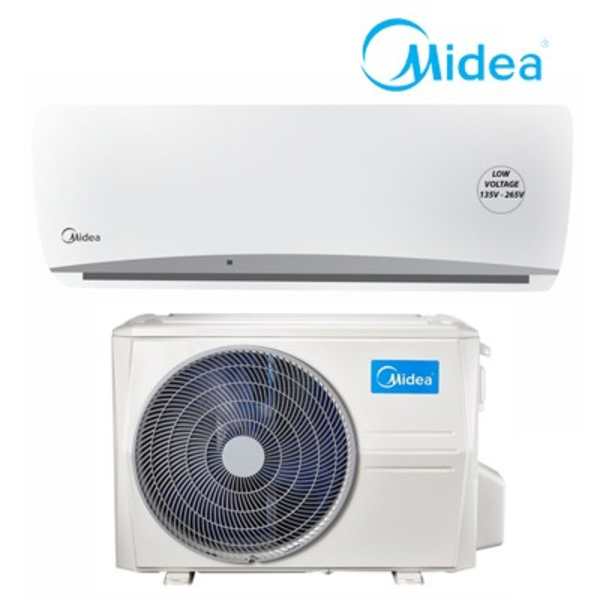The vast majority of modern television panels are of one of two types: quantum dot LED (QLED) or the newer Organic Light Emitting Diodes (OLED) (OLED). On an OLED TV, each pixel generates and controls its own light, which can be turned on or off to create true blacks.
This results in vivid colour and sharpness that even the best QLED displays cannot match. OLED provides the same inky blacks and motion as plasma, but it uses less energy and costs less.
QLED televisions are an evolution of standard LED televisions, with a nano-material film sandwiched between the panel and the backlighting for improved colour and brightness.
QLED relies on backlighting technology for increased brightness and a wider colour reproduction range from this filter, but it still lacks the dynamic colour contrast of an OLED set.
Each display has advantages and disadvantages. The best panel is determined by your budget, room placement, and colour preferences. While OLED has superior colour contrast, it won't matter if you place the TV in a brightly lit area, such as a living room, where it will be nearly impossible to see. While QLED does not have the risk of burn-in for static elements like a scoreboard or news ticker, it lacks the inky black and smooth motion that OLED allows, as well as a flatter colour palette even at the highest end of the spectrum.
ACCESSORIES
Midea Microwave Oven 20L Black MM720CFB-B
Midea Air Conditioner 2hp Inverter Split AC MSAF24C-18CRDN1
Midea Air Conditioner 1.5hp Inverter Split AC MSAF24B-12CRDN1
Midea Air Conditioner 1hp Inverter Split AC MSAF24A-09CRDN1
Midea Refrigerator Double Door 235Ltrs MDRT333FGF28 Jazz Black Finish
Midea Refrigerator Double Door 266Ltrs MDRT390MTE28 Jazz Black Finish
Midea 2HP AC Air Conditioner Split MSAF-18CRN1
Midea 1.5HP AC Air Conditioner Split MSAF-09CRN1
Midea 1HP AC Air Conditioner Split MSAF-09CRN1
Haier Thermocool Microwave Digital Solo Trendy 25L (Copy)
Sony Television 55” 4K Ultra HD Smart LED Android TV | TV KD-55X75K
Samsung Galaxy Tab A9 LTE 4GB 64GB
Best OLED vs. QLED TVs
- Best Overall: LG C1
- Highest Resolution: TCL 65R648 (6-Series) 8K
- Entry-Level OLED: Vizio OLED
- Best on a Budget: Hisense U8G
- Unmatched Contrast: Sony A90J
- Best QLED: Samsung QN90A
The distinguishing feature is contrast.
The biggest difference between the two panels is in contrast, which is influenced by local dimming, which divides LED backlights into individual zones that can be dimmed or brightened.
With Mini LED backlighting, LED TVs can achieve up to 792 zones of contrast (as in the case of the TCL below). In an OLED display, however, each of the 33 million pixels in a 4K display is individually backlit to turn on or off completely. This results in unparalleled contrast in lighting and colour reproduction.
The contrast ratio is the scale between the darkest blacks and the brightest whites that a television can produce, and it is important because it influences the appearance of things like shadows, colours, and textures.
Instead of crushing details in blacks, OLED contrast creates a cleaner, richer colour that appears to be a resolution bump with clarity for a richer overall picture. In the images below, you can see strands of white fur in the polar bear's coat, as well as how much brighter the colours appear on the QLED.
Because a QLED panel cannot turn off individual pixels and block out all of the lights on an LCD panel to create true blacks, it produces grey areas that can appear washed out and devoid of vibrance. To your eyes, this means that an image has less pop or depth.
Which Is Better for You: OLED or QLED?
Your ideal screen is determined by the content you want to watch and where you want to watch it. If your TV is in a dark room, such as a basement or a well-lit den, the inkiness of OLED is difficult to beat. However, in a living room with a lot of windows, QLED may be your best bet for enjoying crisp TV at any time of day without losing detail due to sunlight glare.
While cinephiles may prefer the true blacks that OLED can achieve, you may find it difficult to enjoy your viewing sessions if you have to squint to see your movies in a brightly lit room.
A well-featured OLED may be appealing to gamers, but it comes with the risk of burn-in for static elements, so a QLED may be preferable because you won't get ghost images of the application tray, time, or heads-up displays.
Sports fans can get their fix with either type of screen, as both offer high frame rates and clarity detail, but QLED models are less expensive and won't risk burning the scoreboard into the panel.
How We Test
I sifted through expert and consumer reviews to find the best televisions. After narrowing the field, I requested that the LG C1 and TCL 65R648 televisions, which appeared to be the most promising, be tested for two weeks. I took notes on the experience, from setup to colour detail, and the differences between these two display technologies are best illustrated in the photo gallery below.
First, I watched this 4K nature video on both sets, even bumping it up to 8K on the TCL to see if resolution affected QLED performance. Next, I connected a PlayStation 5 to play two test games, The Witcher 3 and Mafia, to compare the colour detail in virtual environments between OLED and QLED.
The TVs were located in a window-filled room at the front of our office, allowing me to test daytime performance against sunlight as well as true darkroom performance after sundown without any interfering light sources. I watched movies, played video games, and tested out the operating systems on both the LG and TCL TVs.

































